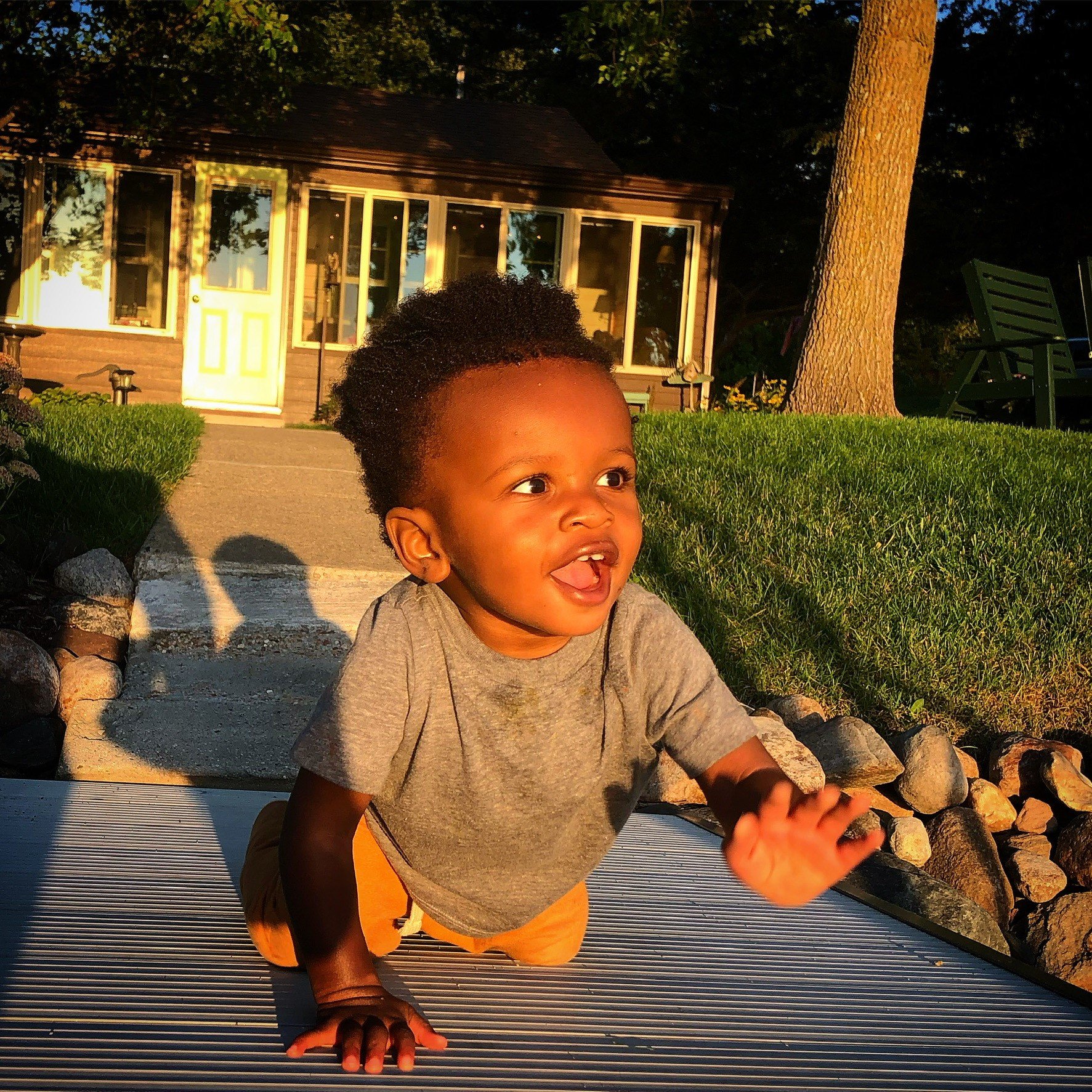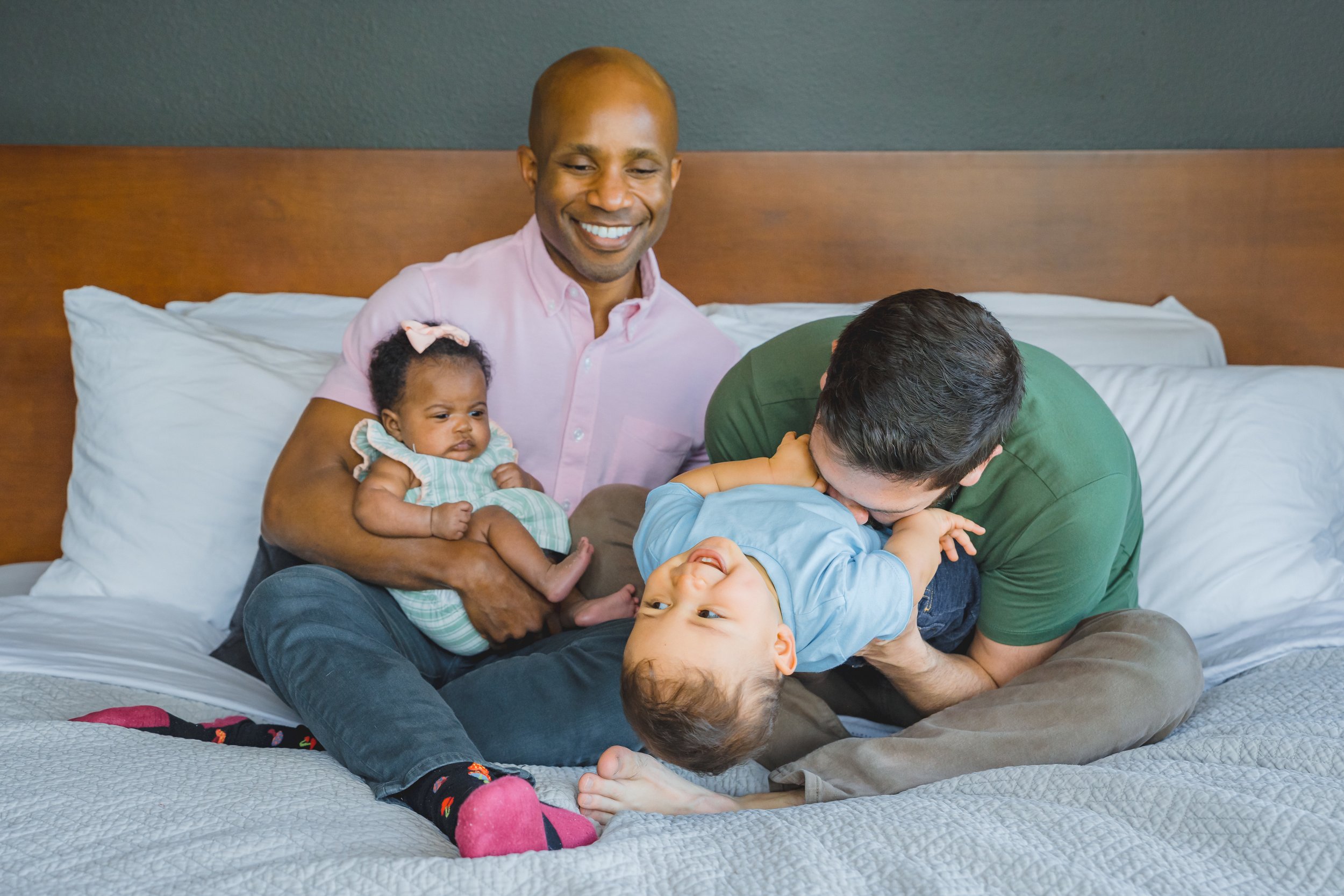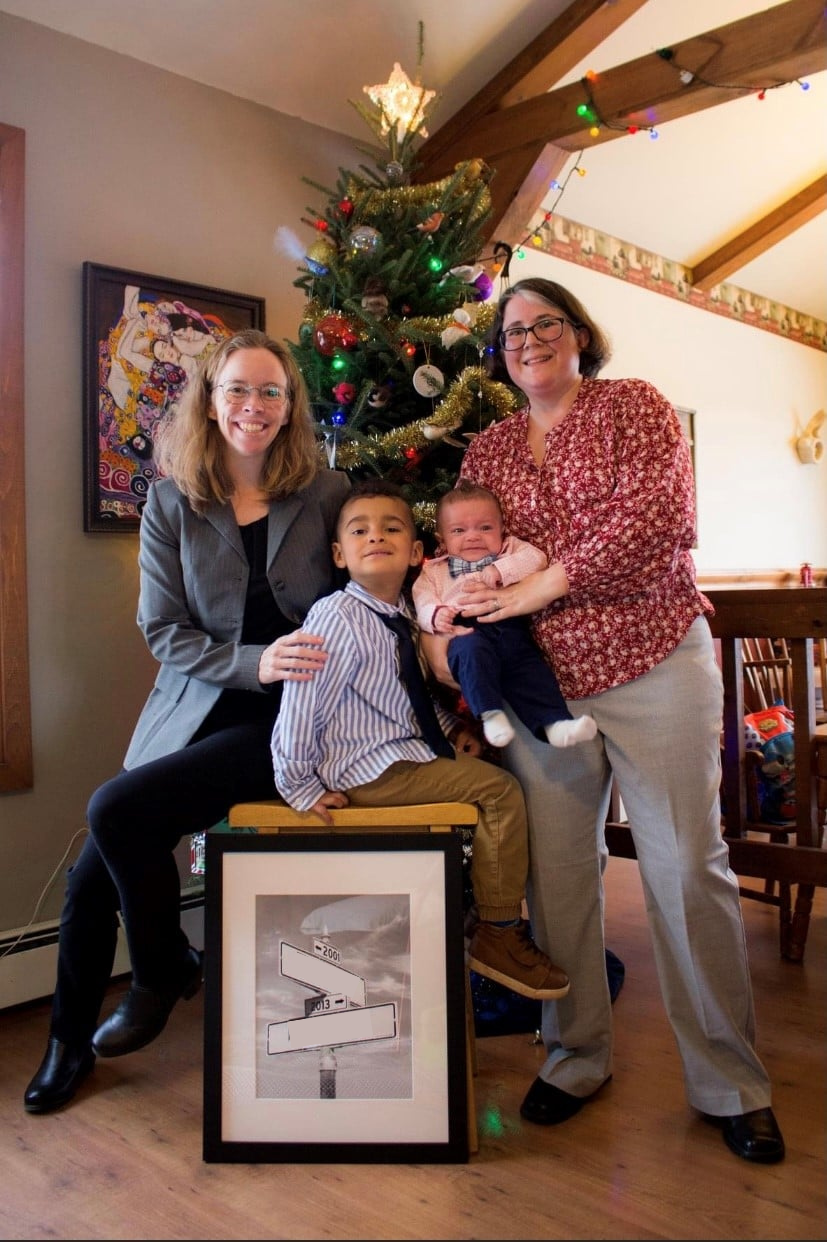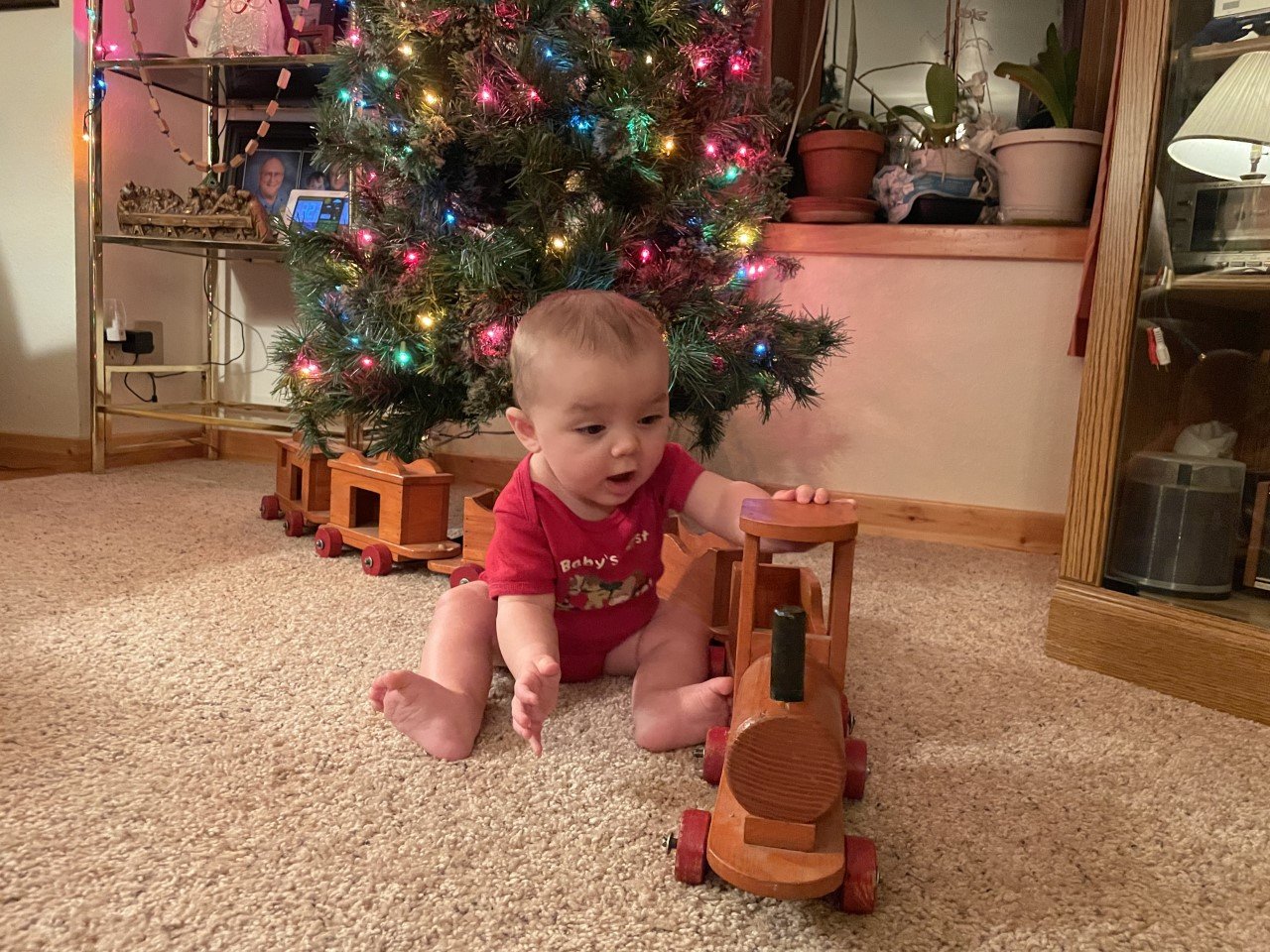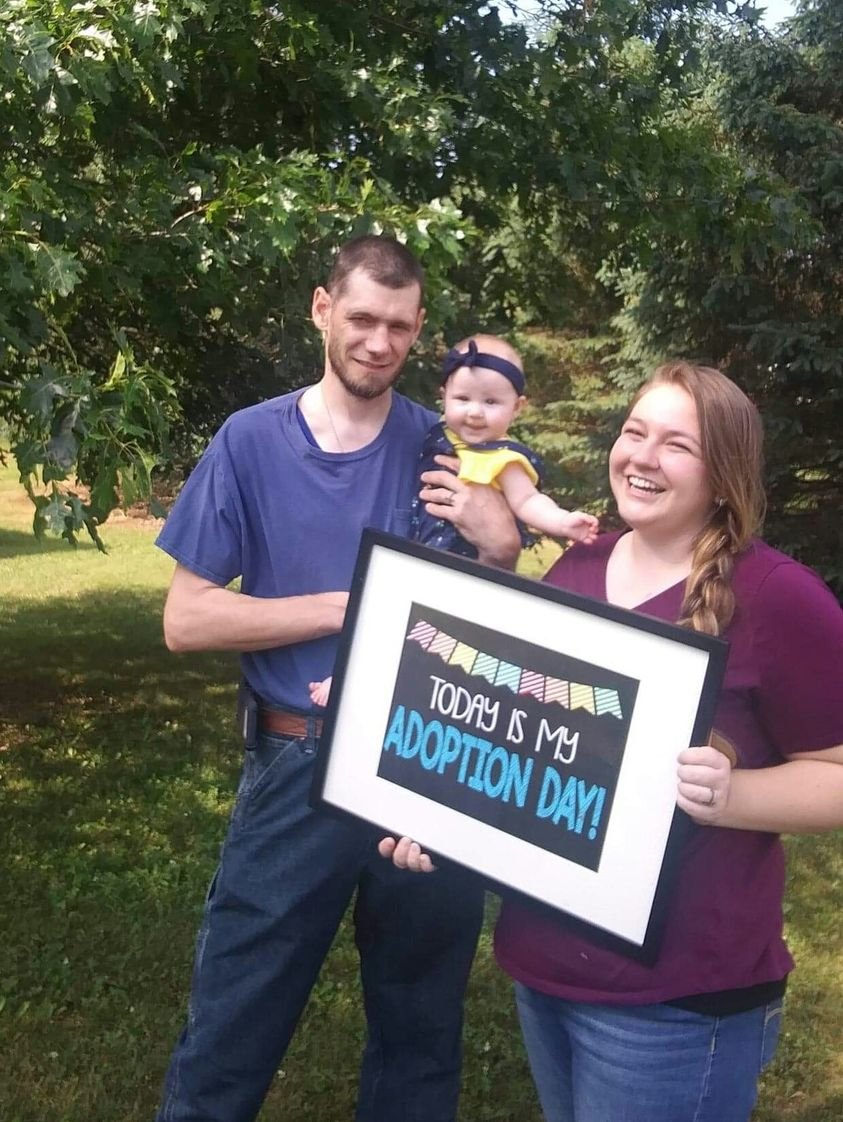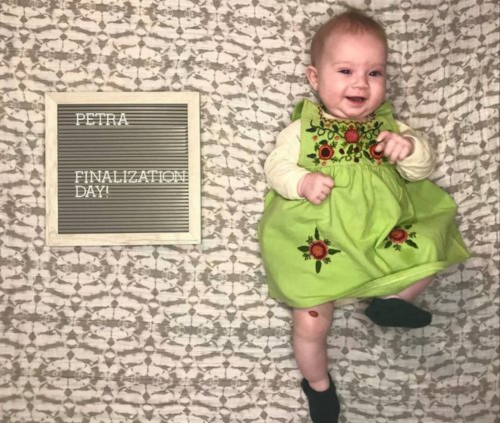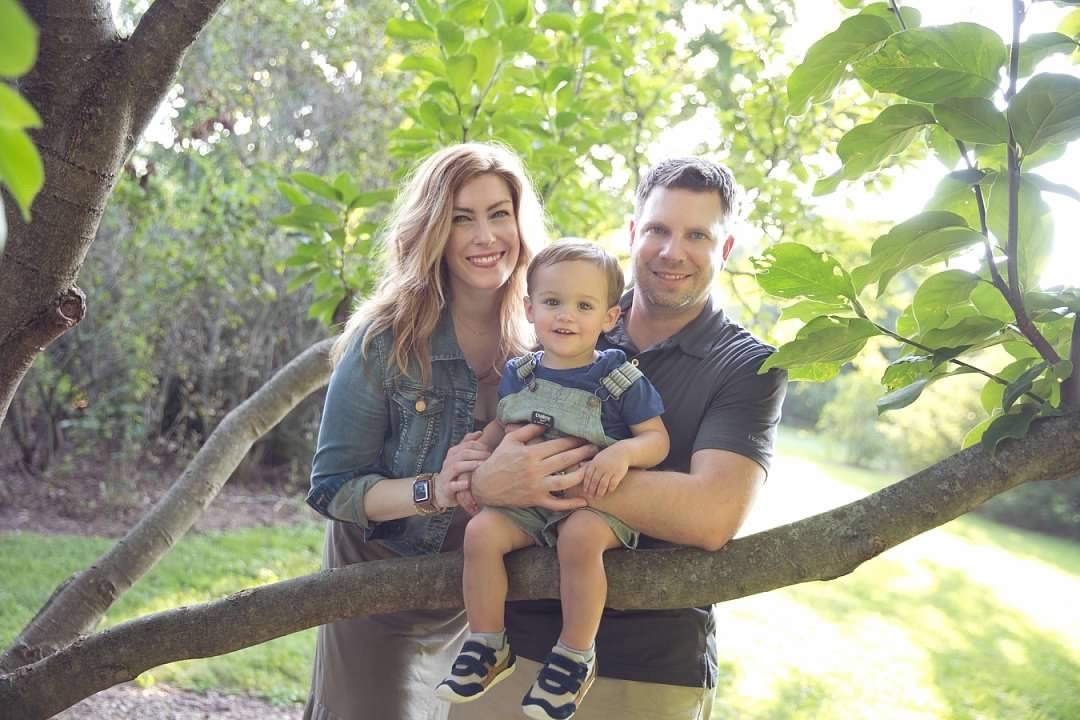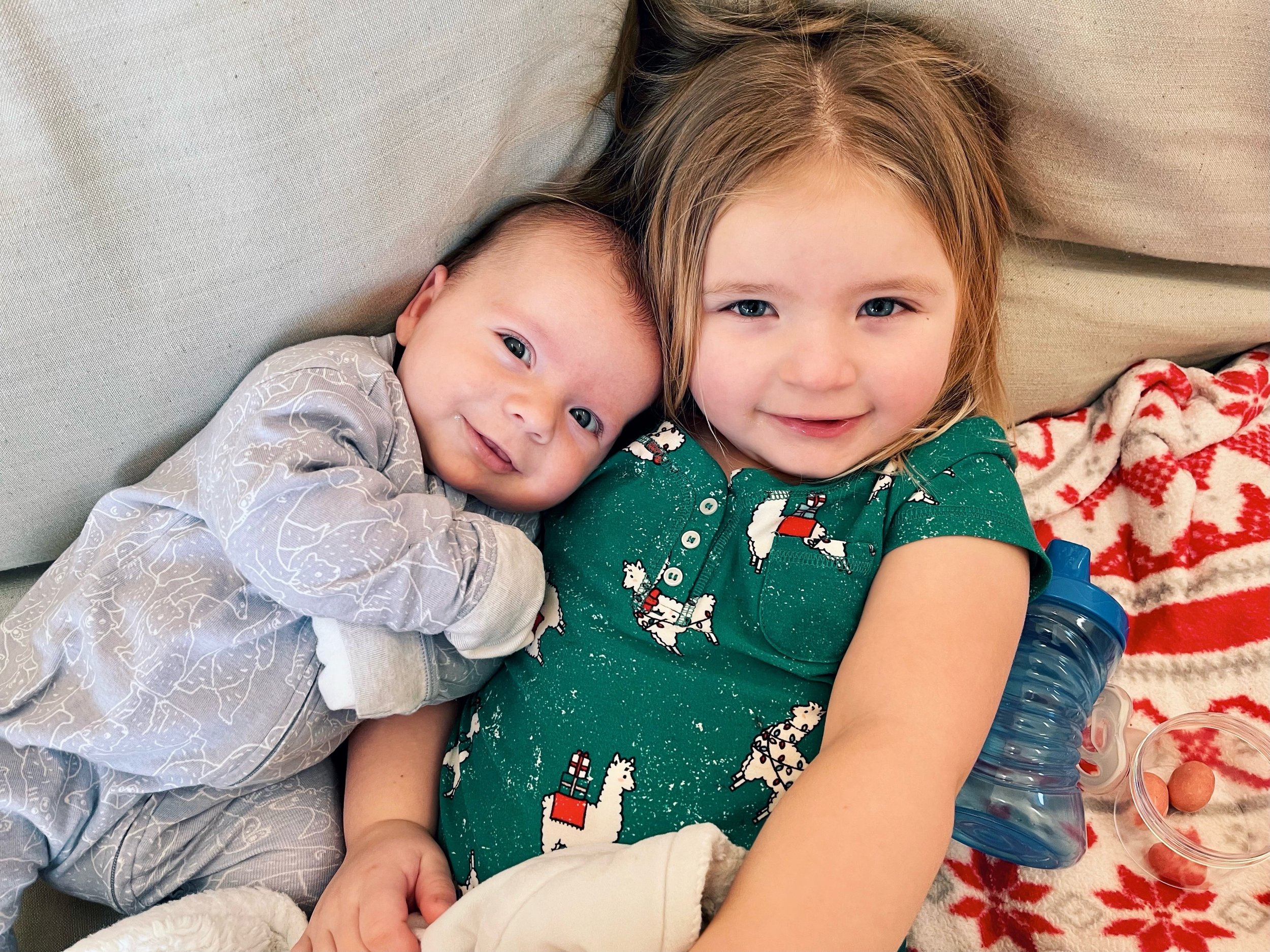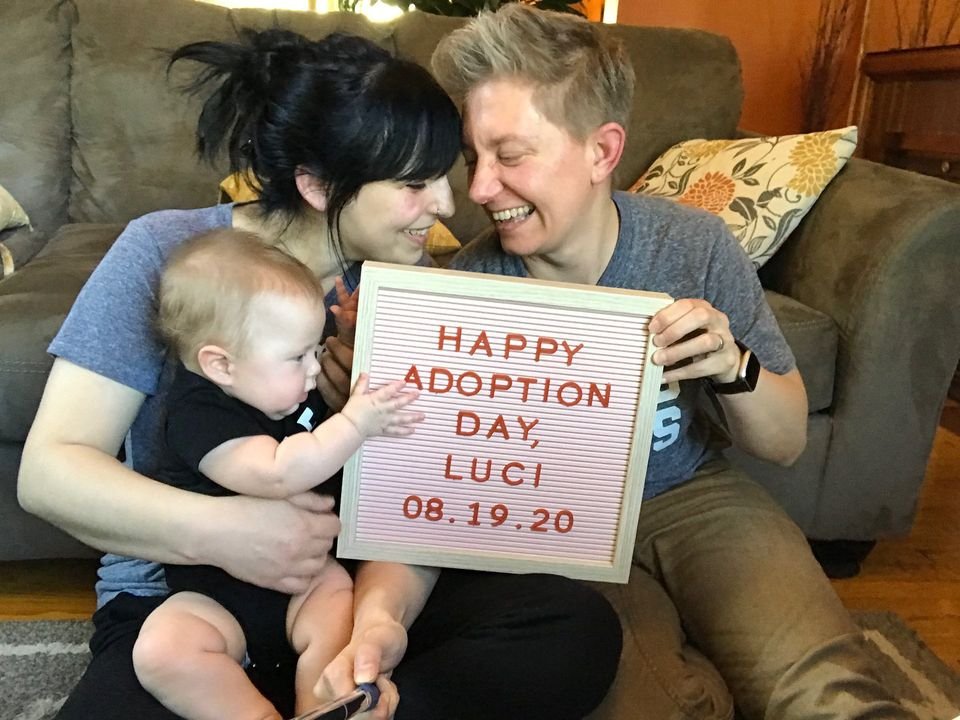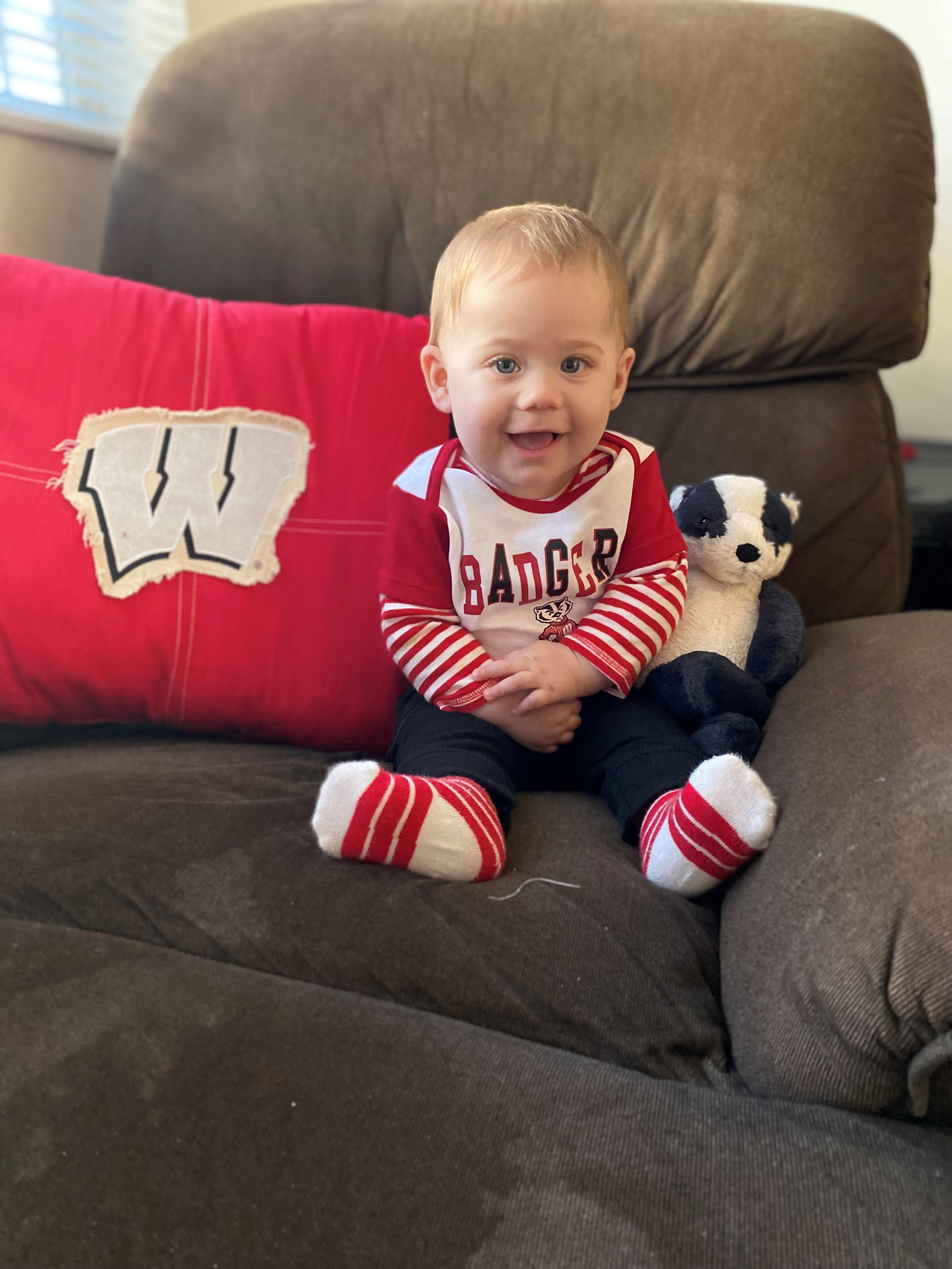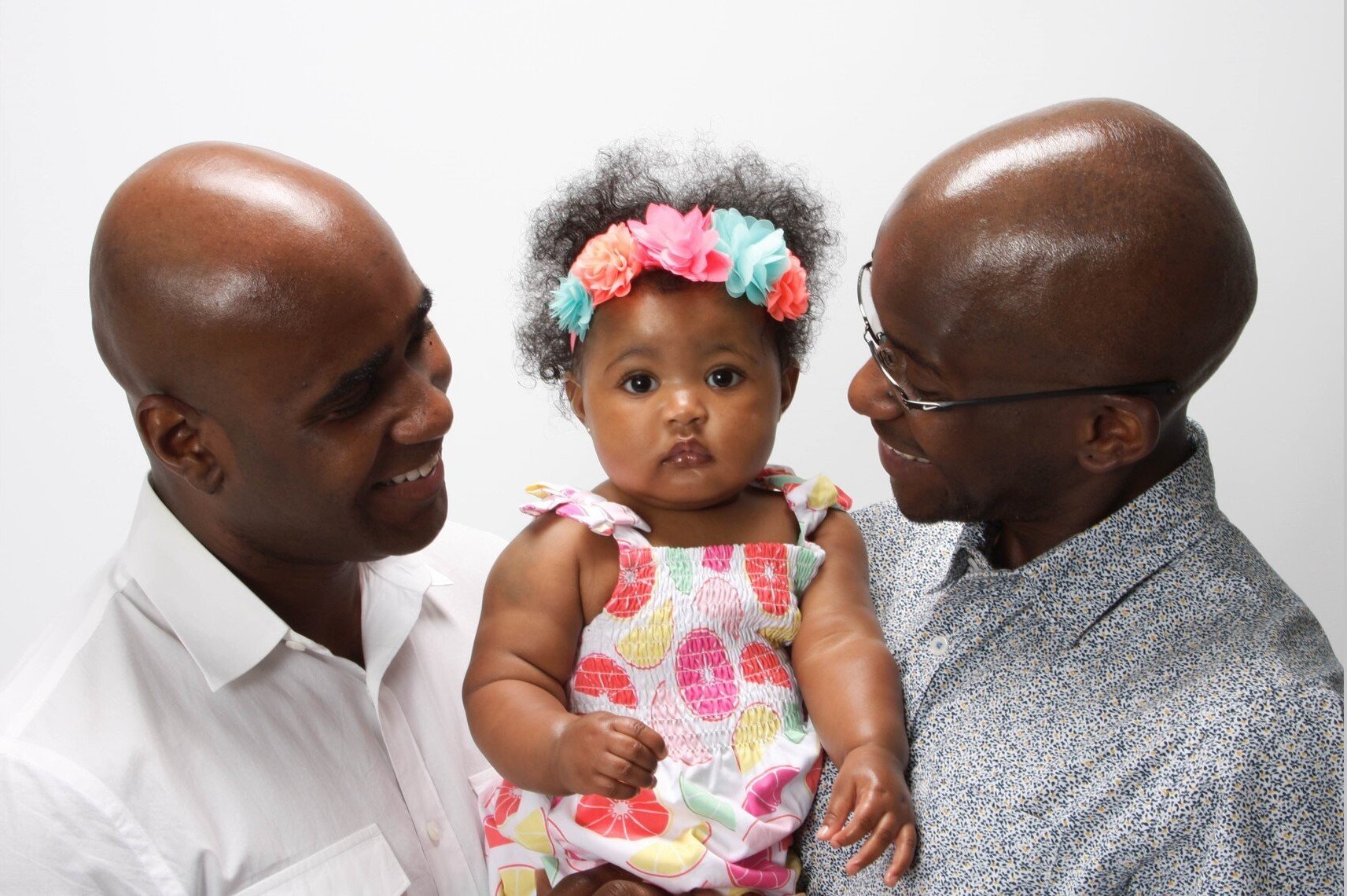Deciding to adopt a child is a very personal decision to make. Every family has their own reasons or circumstances that lead to adoption, for us it was secondary infertility.
Once our decision to adopt was made, we began our journey to find an adoption agency. As most people do, we started our search online. The moment you enter any search about ‘adopting a baby’ the national agencies appear on the top of the list. We quickly learned there are both local and national agencies out there and we learned we had a ton more research to do. After looking at several websites and doing lots of reading, we decided on two local agencies and one national agency to consult with.
Our first meeting was with Adoptions of Wisconsin (AOW), who is also ultimately who we choose to work with. The tone of the meeting was exactly as the website stated. This agency is about honoring the birth parents right to choose us. We were informed that the journey is long and could take years before the right match and placement would occur. We were provided much information on how AOW social workers work with mothers to ensure an adoption plan is what is best for them and the child, with the focus always remaining on the child. There were no promises provided to us aside from the promise to have open and honest communication throughout the journey. We were provided a list of costs associated with the agency and lots of reading materials about how a home study works, writing a family profile, adoption education and a copy of the application form that would not be required until there was an opening on the waiting list.
The next consultation was a two hour phone call with a national agency. Prior to taking our call we were required to complete a seven page application that asked us about everything from our personal appearance to all the assets we own. We were required to email them this completed form along with a picture of our family before they would schedule our call.
During the phone call we were made several promises. A good-looking family like us could have a baby of our choosing in three months. They bragged about how they come up first on all the web searches related to adoption because they pay big money to ensure they always appear to birthmothers first. When a pregnant woman contacts them they ‘find’ a local social worker who will meet with the birthmother and then contract with the social worker to assist in the placement of the child. If the birthmother starts to get cold feet they had a new weapon in their arsenal, a woman who placed her child for adoption years ago who will call the birthmother and talk them back into the adoption plan. They found that she was 97% effective in ensuring placements. They then mailed us a shiny brochure on how to contact a local professional photographer to get the best shots of our family and a DVD on how to make the best video to plead for a child. The icing on the cake is when they gave us their prices. They wanted $16,800 upfront to spend on marketing! This money would not be used on legal fees or expenses for the mother, those were an additional cost. This was simply how they would guarantee a fast placement through marketing. We were even given advice on how to take out a 2nd mortgage or apply for tax credits to pay for everything.
After this call my head was spinning for days. Of course the lure of a quick placement was attractive to a family who was unsuccessfully trying to have a baby for a number of years. We just couldn’t get past how wrong the entire approach felt. Adopting a baby is not about speed of placement, it is about making a lifelong commitment to a child and their birth family. This is a journey not a sprint. My heart was breaking for all the mothers out there who were being lured into the promises I can only imagine being made to them that I was sure would somehow be broken. How can you promise an open adoption with annual visits to a woman on the other side of the country? I know that is a false promise I could never make but wondered how many people would.
For our family, the decision became crystal clear. We needed to work with an agency that had the best interest of all parties in mind. This process was not all about us, it was only partially about our family and how it would change and grow through the miracle of adoption. It was about opening our lives to not only the baby but the birth parents if that was their choice as well. It is about keeping the promises we make and ensuring we had an agency that could support us no matter what those promises look like. It is about the long term benefits of our family, this new baby, and the glorious mother who would place the child in our arms.
We believe that is only possible by using a local agency that is dedicated to the care and well-being of the birthmother and honoring her choice of us to parent her child. We also know that the journey doesn’t end with placement; it is a lifetime commitment we are all making together. It is about the mother, the child, our family and the lifelong support of the agency that brought us together.







